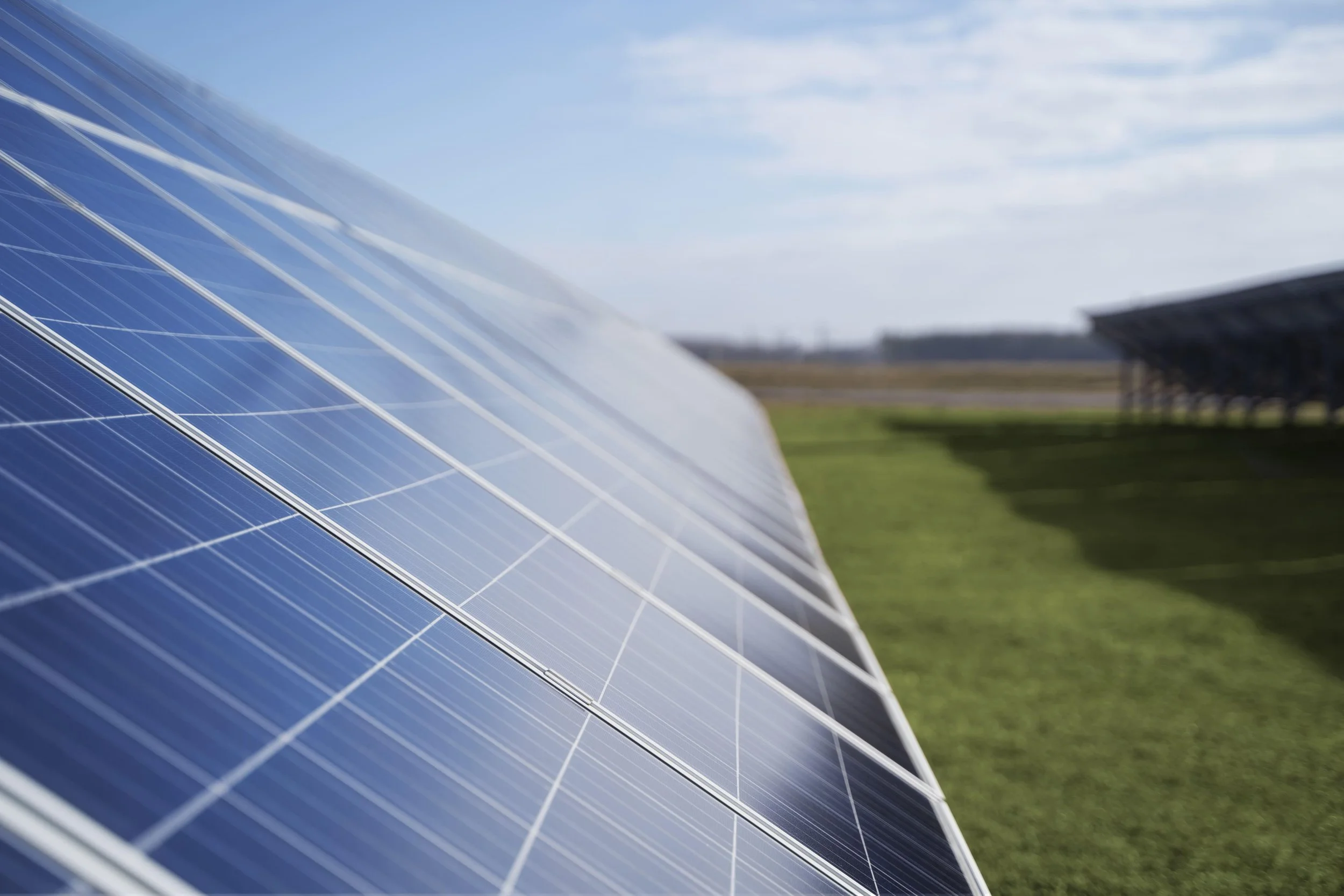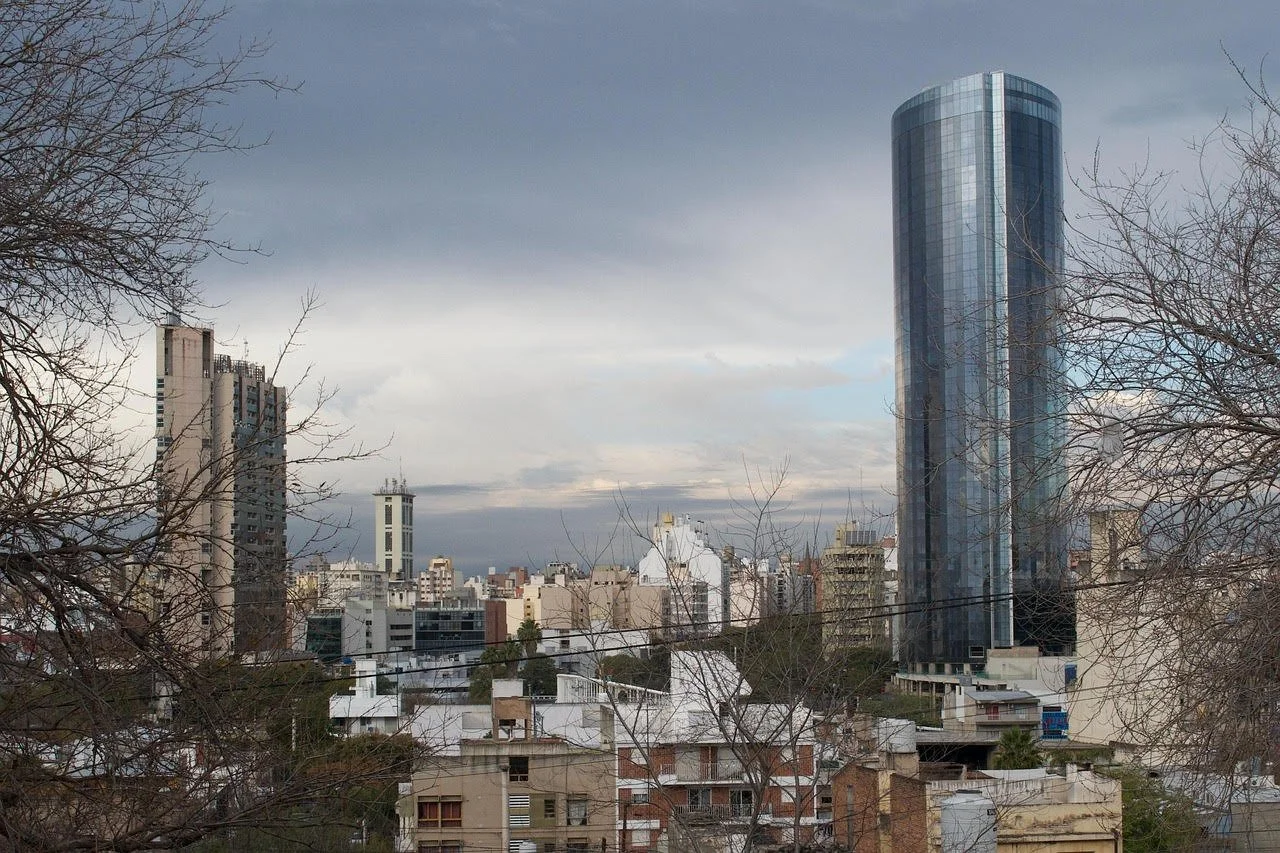Agro-PV, digitalization, and green alliances: Why Córdoba can become a model region for the energy transition
By Alexander Freier
Introduction
The European Green Deal is already having an impact beyond Europe. Argentina is also facing new climate challenges, international investment opportunities, and a vision for sustainable development. In Córdoba, in particular, there is untapped potential: the combination of agriculture and solar energy, known as agro-photovoltaics (Agro-PV). The province could become a model region where innovation, technology, and sustainable partnerships converge.
Solar energy in Córdoba: expansion with potential
Córdoba is rapidly expanding its solar capacity. In October 2022, the Cura Brochero solar park in the San Alberto Department began operating. With an alternating current capacity of 17 megawatts (MWac) and more than 91,000 photovoltaic modules, it generates around 60,936 megawatt hours (MWh) of electricity per year. This project is complemented by the Villa María del Río Seco solar park, with a capacity of 20 MWac and an annual production of approximately 67,153 MWh. Together, both parks contribute more than 128,000 MWh per year, which, according to conservative estimates, is equivalent to the average annual consumption of around 40,000 households. Considering an average of three people per household, they could supply at least 120,000 people. This estimate is intentionally higher than the reference value used by CAMMESA for household electricity consumption, to include possible regional differences or variations in consumption. Together, both plants thus cover the consumption of a medium-sized city in Argentina.
Agro-PV: a concept for rural development
However, the innovative step of combining agricultural use with solar energy generation—Agro-PV—is not yet being implemented in Córdoba. This hybrid system offers multiple advantages: solar modules are installed on fields, allowing cultivation, livestock farming, or beekeeping to continue. Studies by the European Commission and Marrou et al. show that more than 70% of the land under and between the modules can continue to be used productively. Even with reused modules, stable agricultural yields can be obtained, as recent studies show.
The conditions in Córdoba are ideal. With some eight million hectares of cultivated land, the province is one of the most important agricultural regions in the country. In addition to soybeans, corn, and wheat, livestock farming is a key sector. Added to this are high levels of solar radiation, existing infrastructure, and a solid network of cooperatives such as CEMDO, which is already active in renewable energy.
Financing models and policy framework
There is no shortage of capital to implement agro-photovoltaic projects, but rather a lack of integrated concepts. The World Bank and the Inter-American Development Bank already support rural electrification and renewable energy promotion projects in Argentina. Similarly, the European Investment Bank and the EU's Global Gateway program finance sustainable infrastructure in Latin America. The CEMDO cooperative, for example, carried out the 12 MWp CEMDO I project in Córdoba through a combination of local financing and state support. This model could be replicated in agro-PV projects, adding impact investors who are committed to sustainable development.
Digital technologies as a driver of scaling
A particular opportunity arises from integration with digital technologies. Sensors and artificial intelligence enable the optimization of irrigation, harvest cycles, and energy production in real time. Smart control systems and remote maintenance increase efficiency, especially in remote areas. In turn, blockchain technology creates transparency and trust, for example through certificates of origin for green energy or documentation of agricultural processes.
A strategic bridge between continents
In this context, Córdoba could become a model region for a Euro-Latin American energy alliance. The combination of agricultural production, renewable energies, and digitalization precisely reflects the objectives of the European Green Deal: sustainable supply chains, technological cooperation, and common standards. Argentina has strategic resources such as lithium, biomass, and vast agricultural areas—and Córdoba offers the infrastructure and willingness to innovate.
Conclusión: Es hora de preparar el terreno
La agro-fotovoltaica no es una visión futura, sino una perspectiva concreta de desarrollo. Córdoba dispone del territorio, la experiencia, el capital humano y el potencial tecnológico para liderar este proceso. Un proyecto piloto que combine Agro-FV con inteligencia artificial y blockchain podría demostrar que la agricultura y la transición energética pueden ir de la mano: económica, ecológica y socialmente.
Las tecnologías existen, el capital está disponible y las condiciones naturales son favorables. Es el momento adecuado para concretar la conexión entre agricultura, energía y digitalización –no mañana, sino hoy.
Dr. Alexander Freier is a specialist and consultant in renewable energy, climate finance, and new technologies.
*MWp = megawatt peak (maximum power under ideal conditions) MWac = alternating current power that can be fed into the grid MWh = amount of energy generated (megawatt hours) during a period
Sources:
Power-Technology.com (Cura Brochero and Villa María solar parks)
CAMMESA and Secretariat of Energy (production and grid connection data)
European Commission JRC publication repository (Agro-PV potential)
Marrou et al., 2013; Nieto-Morone et al., 2025 (research on production under solar modules)
World Bank and IDB: Financing rural electrification in Argentina
EIB and EU Global Gateway: financing mechanisms in Latin America
Our World in Data: primary energy consumption per capita in Argentina
Originally published in InfoClima.com.ar



